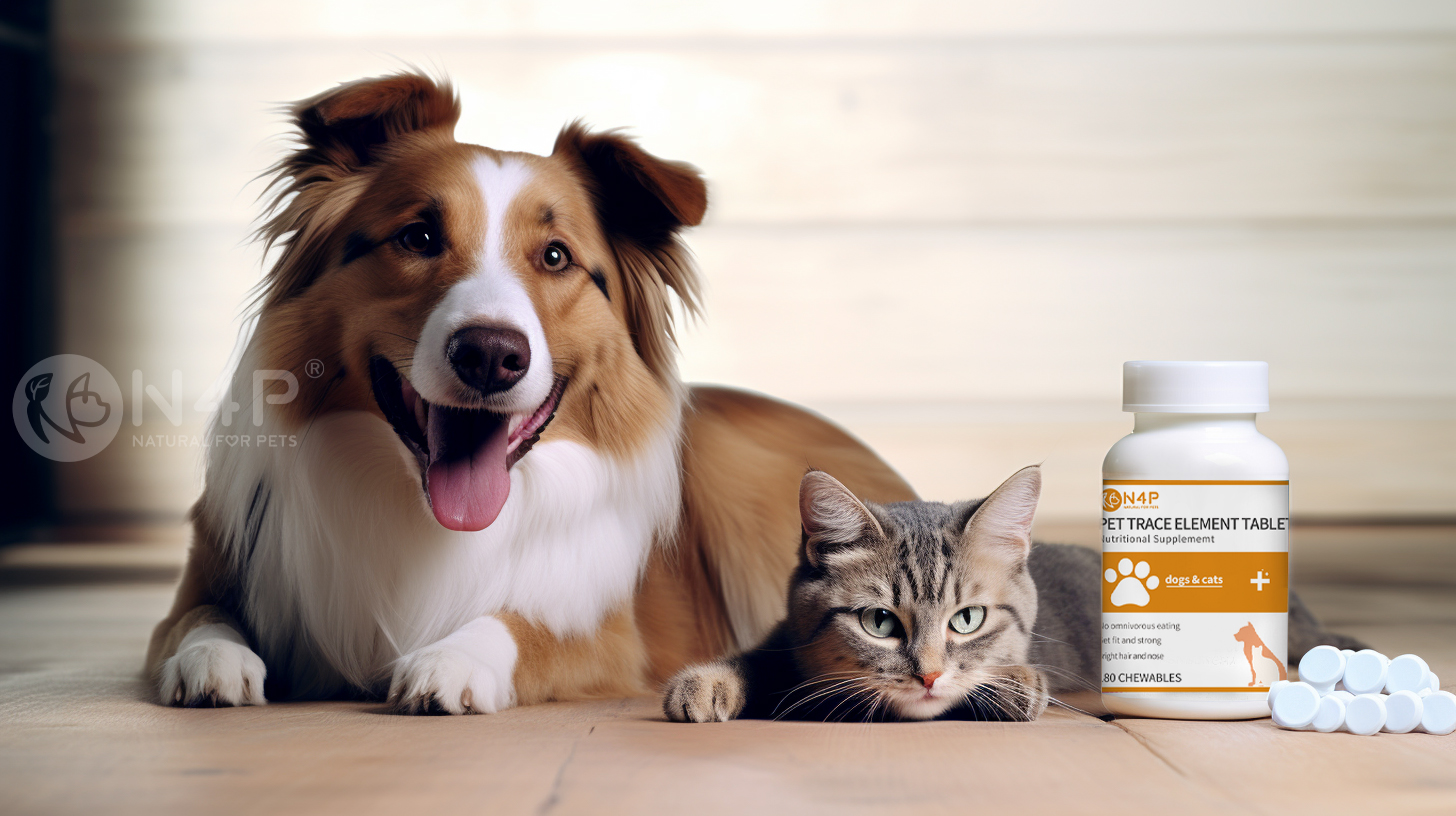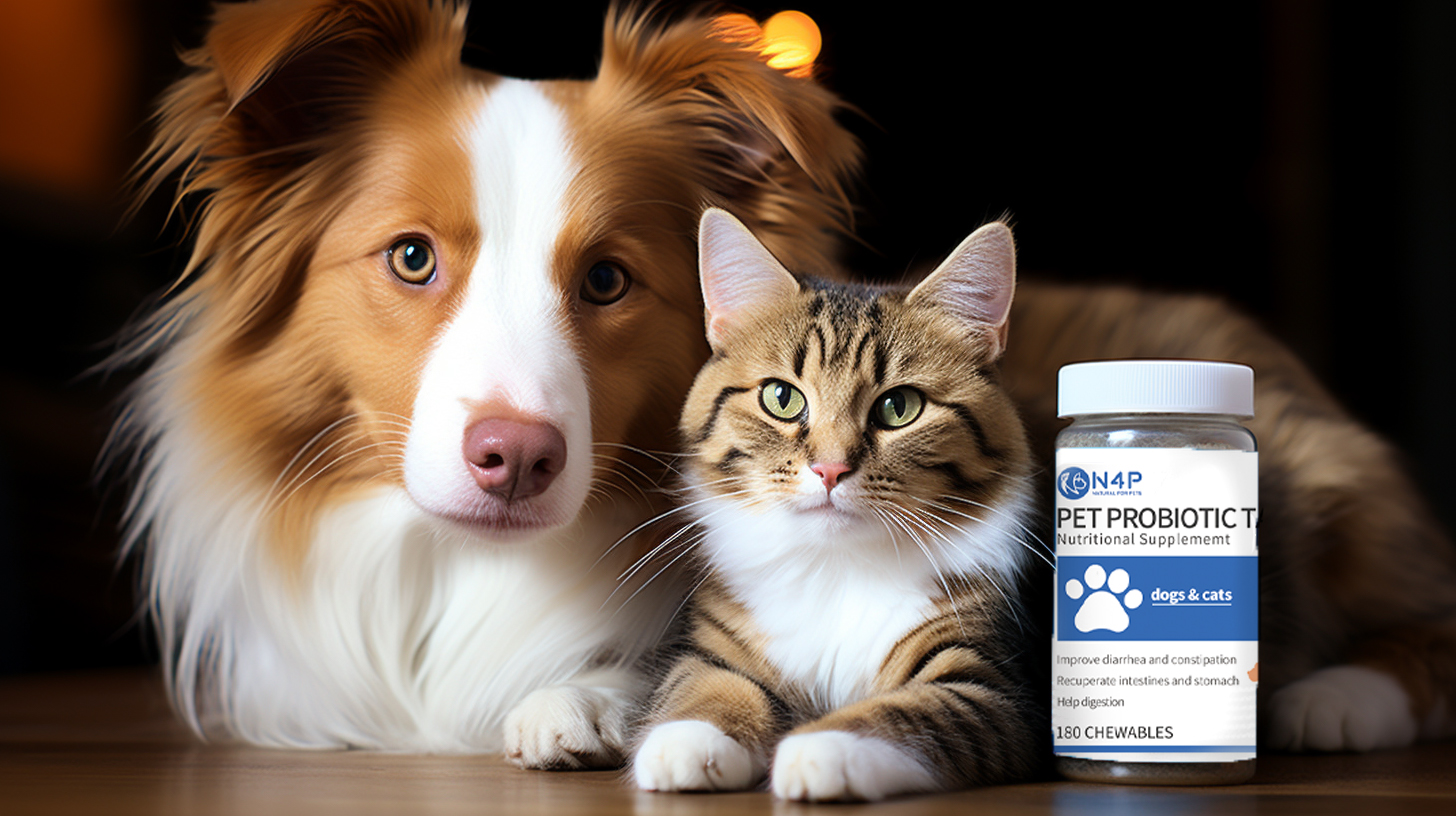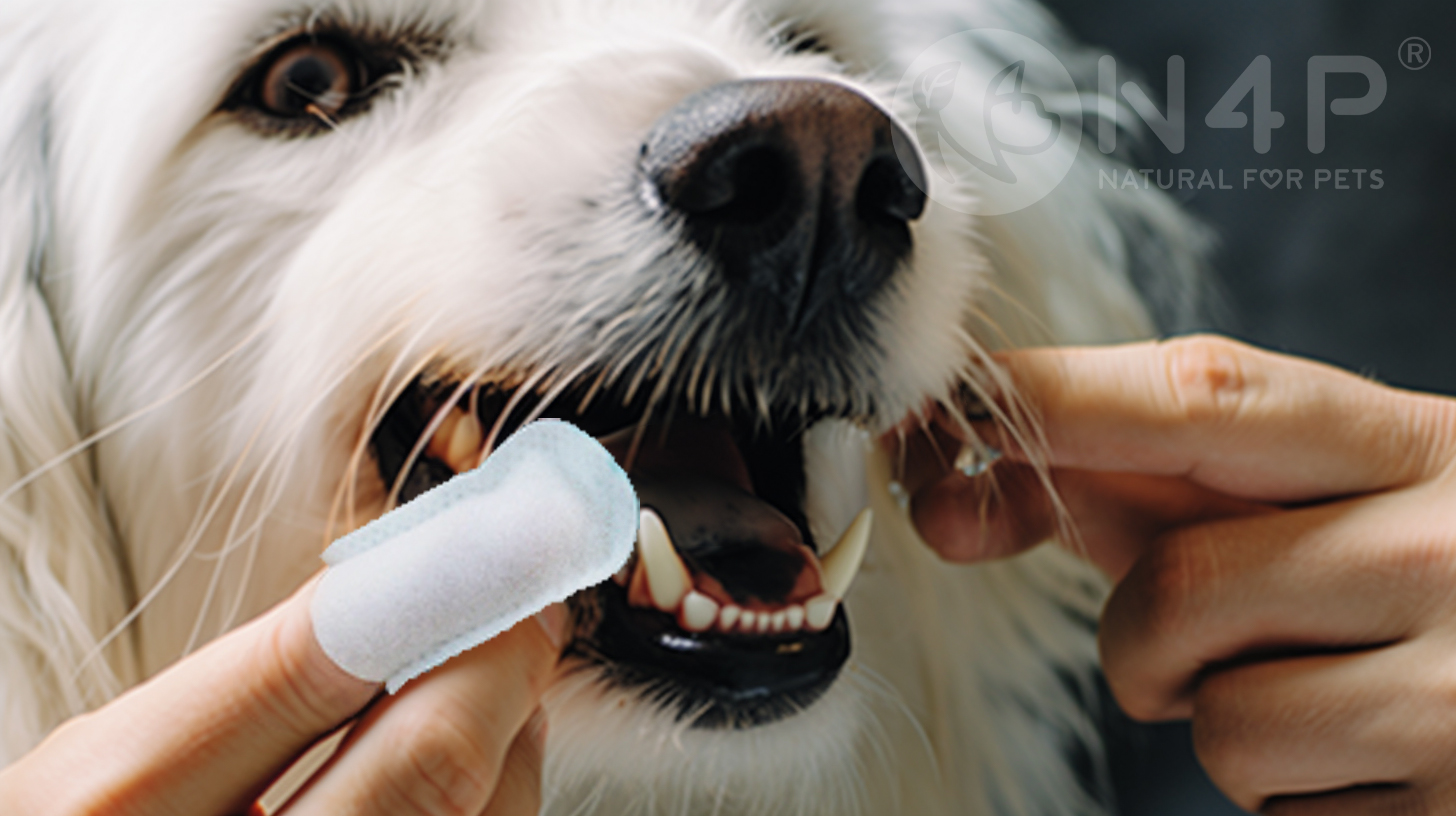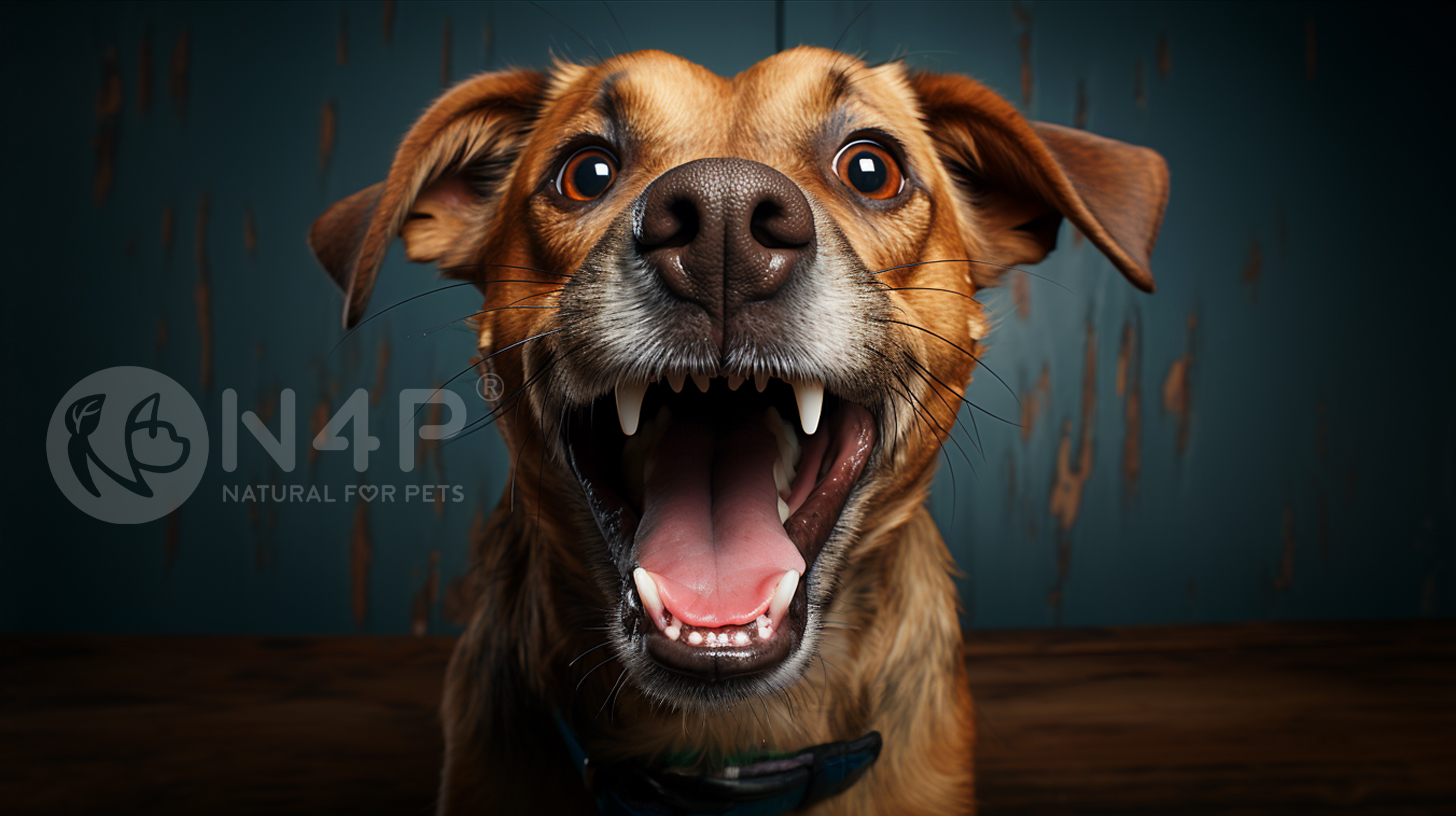In this Article
- Characteristics of Border Terriers
- Caring for Border Terriers
- Health Problems to Watch for With Border Terriers
- Special Considerations for Border Terriers
- History of Border Terriers
Border terriers are small, energetic dogs with big personalities. They’re easy to train because they love learning new things. They’re an adaptable breed and fit in well with most types of families as long as they get your love and attention.
Border terriers are working terriers originating from the borders of Northumberland and Scotland. They were used for hunting alongside border foxhounds.
They are wonderful, small dogs with energy and a cheerful disposition, making them a joyful addition to your household.
Characteristics of Border Terriers
Border terriers are agile, upbeat dogs that can also serve as tough, hard-working terriers. They’re affectionate and good-natured dogs that love spending time outside.
Border terriers are built for endurance and agility. They have narrow shoulders and bodies, but their keen eyes are always alert. They may often strike you as fearless and determined.
They were bred for the country, but their small size and adaptability make them great city dogs as well, although they need plenty of exercise if they’re living in an apartment.
They have a wiry coat that can be grizzled and tan, blue and tan, wheaten, or red. They have a unique head shape and longer legs than other terriers of their size.
Border terriers grow to be between 12 and 15 inches tall. They’re a small breed, with the males weighing around 13 to 15.5 pounds and females weighing around 11.5 to 14 pounds.
The border terrier’s lifespan typically ranges between 12 and 15 years.
Caring for Border Terriers
Border terriers have a double coat that sheds seasonally. Their rugged, wiry outer coat ordinarily covers the soft, fluffy undercoat. Weekly brushing is good enough to keep their coat mat-free, but they may need extra grooming during their shedding seasons. You can use your hand or a rake tool to get rid of their dead hair.
If you prefer a shaggy look, you don’t need to seek out a professional groomer. However, your terrier could use a trim in the spring and fall if you want them to look more clean-cut.
The border terrier’s wiry coat keeps them relatively clean, so a towel and a brush are often sufficient unless they’ve gotten unusually dirty (which is quite possible, given the breed’s penchant for digging and outdoor exploration).
Like all dogs, border terriers need regular nail trimming and daily teeth brushing.
You should feed your dog high-quality dog food approved by your vet and appropriate for their age and weight. If your dog is overeating, they might gain an unhealthy amount of weight. Ensure you’re not giving your dog table scraps or too many extra treats. Your vet can also help you create a diet plan and exercise routine for your dog if they notice them gaining too much weight.
Border terriers are very energetic dogs and need a lot of exercise to stay happy and healthy. Going on long walks or hikes is a great way to exercise with them.
In addition to long walks, playtime and training sessions are great ways to engage your dog. Off-leash time to run around in a secure area is also very stimulating for them.
Make sure that your dog understands boundaries and make sure they’re not pushing limits in an unsafe way. An obedient dog is a well-behaved dog who follows commands.
Keeping a Border terrier happy means keeping them stimulated and well-loved. These affectionate dogs love exploring the outdoors and then cuddling up inside, so make sure that you give them time to bond with you and foster a positive relationship. These dogs have independent minds, which is useful when hunting but can be problematic in the home if they’re not given attention and direction.
Fortunately, they make great house dogs with the right amount of exercise.
Health Problems to Watch for With Border Terriers
Border terriers are a generally healthy breed but can be predisposed to certain conditions. Responsible breeders should screen their dogs for health conditions like:
- Hip dysplasia
- Progressive retinal atrophy
- Juvenile cataracts
- Seizures
- Heart problems
- Allergies
Recommended health tests include:
- Patella evaluation
- Hip evaluation
- Cardiac exam
- Ophthalmologist evaluation
Border terriers aren’t very heat-tolerant. It’s important to monitor your dog while they’re playing outside. Look for signs of overheating if you’re exercising with them in hot temperatures.
Luxating patellas is a specific condition border terriers can develop. This happens when their kneecaps temporarily slip out of place. They are also prone to SLEM (shaking puppy syndrome).
Canine Epileptoid Cramping Syndrome (CECS) is another condition that can cause tremors, muscle spasms, and seizures that could affect your dog’s whole body or just part of it.
Skin and ear problems can also occur in border terriers. If you notice your dog itching excessively, you should talk to your vet about possible remedies.
Other common conditions include periodontal disease, obesity, and a predisposition to dental and neurological disease. They are also predisposed to skin conditions caused by generalized sebaceous gland hyperplasia. Eye problems like corneal ulceration can occur.
Ensuring your dog gets regular veterinary checkups is important to keeping them healthy. There may seem like many predispositions, but you and your vet can get ahead of any severe issues with proper care and testing. A core set of vaccines is also recommended and can ward off many illnesses.
Year-round medication for heartworms can protect your pet from infection, but you will also want to stay on top of managing ticks and fleas with preventative medication (especially if your terrier spends a lot of time outdoors).
Special Considerations for Border Terriers
Border terriers need to be active and get plenty of exercise. They love fetching balls or frisbees. They love tracking, luring, agility training, and canine flyball. You can also initiate play sessions in the backyard or inside.
Since terriers like to dig, make sure your backyard fence extends at least 18 inches underground.
Border terriers are bred to think for themselves. This can make them endearing but also stubborn. Early socialization and puppy training classes are essential if you wish to raise obedient dogs.
Harsh or negative punishment is not effective. Instead, positive reinforcement will help you grow your bond and help them learn easier.
Border terriers are prone to chase, so they can’t be trusted off their leashes. You’ll need to ensure that they get the time they need to run in securely fenced areas.
Border terriers can also be vocal. They’re not particularly noisy dogs, but they will bark to let you know if they’re not happy or want your attention. If your dog is barking incessantly, you may want to get help from an accredited behaviorist.
Border terriers are adaptable, but they must get early socialization. This means taking them to new places, giving them new experiences, and letting them meet new people and dogs. Getting socialized early helps them feel confident around other dogs and makes them less anxious when you’re not around.
Without training, they can get separation anxiety if they’re left alone for long periods of the day. They form a strong bond with their owners and want to be around them. They can become destructive if left alone and without mental stimulation in the house.
For the most part, a well-socialized border terrier should get along with other pets. They can be a social breed and like being around other dogs. If they grow up with a cat, they’ll be more likely to get along with it. They do have a high prey drive, though, so you might need to monitor them around smaller pets.
Overall, border terriers are wonderful dogs and companions for the family. They are adaptable and can live in many types of conditions and settings. Proper care and training will help make your best friend an even better companion that you can take anywhere.
If you’re interested in adding a border terrier to your family, you should consider if you’ll be able to keep them well-exercised and mentally stimulated. Mentally stimulating puzzles and games are great ways of wearing them out and channeling potentially destructive energy. This is just as important as providing plenty of physical exercise.
History of Border Terriers
Border terriers are descended from terriers that were born near the Scottish-English border. These terriers were bred to deter the hill fox. Chasing these predators meant that this type of terrier needed long legs while remaining small enough to dig into the fox’s lair.
In addition to hunting foxes, border terriers were used to kill rodents and even hunt otters and badgers. Their long legs helped them keep up with horses and other foxhounds when hunting.
Border terriers’ ancestors were energetic, strong, and tireless. Their weatherproof coat was designed to protect them from rain, mist, and the rugged terrain of the borderlands.
Border terriers were also called Reedwater, Ullswater, and Coquetdale terriers. These names were derived from the places in northern England where they came from.
In addition to being used in foxhunts, border terriers were used to protect shepherds’ flocks. They’re still a very popular dog for people in the UK looking for a low-maintenance companion.
It wasn’t until 1920 that the Kennel Club in England officially recognized the border terrier. The AKC then recognized them by the 1930s.







